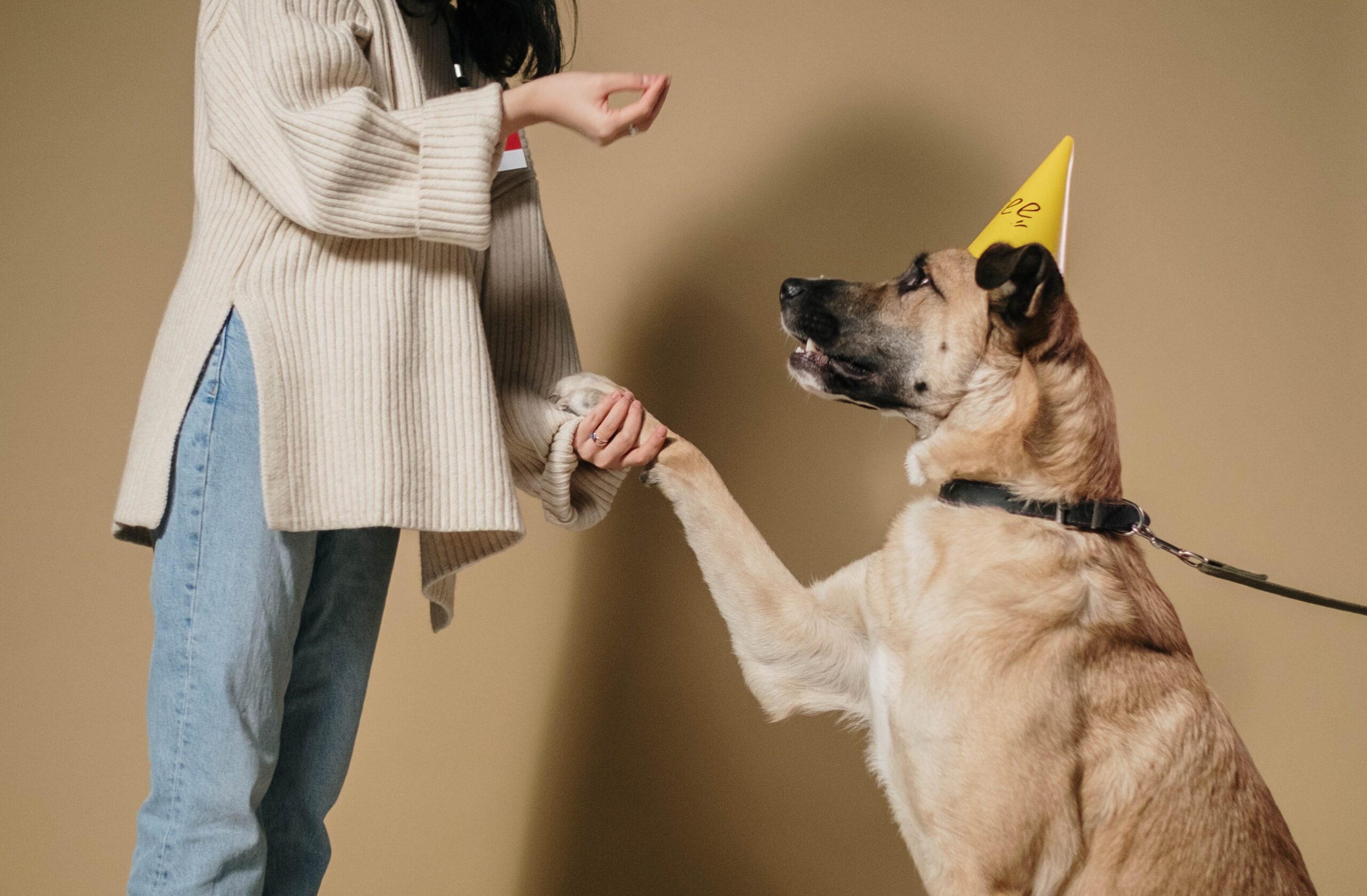How to Teach Your Dog to Play Fetch – A Step-by-Step Guide
Playing fetch is an excellent way to bond with your furry friend while providing them with the physical exercise they need. Teaching your dog to play fetch can be an enjoyable experience for both of you. In this article, we will provide you with a step-by-step guide to help you teach your dog to play fetch.
Step 1: Choose the Right Toys
The first step is to choose the right toys for your dog. The ideal fetch toy should be soft enough for your dog to pick up in their mouth, but not too small to swallow. Tennis balls and frisbees are popular options, but you can also use soft rubber balls or plush toys.
Step 2: Introduce the Toy
The next step is to introduce the toy to your dog. Show them the toy and let them sniff it. Then, toss the toy a short distance away and encourage your dog to go after it. If your dog picks up the toy, reward them with praise and a treat.
Step 3: Add a Cue
Once your dog is comfortable with the toy, it’s time to add a cue. Use a word or phrase, such as “fetch” or “go get it,” every time you throw the toy. Eventually, your dog will associate the cue with the action of fetching the toy.
Step 4: Increase the Distance
As your dog becomes more comfortable with fetching the toy, you can start to increase the distance. Throw the toy a little further each time, always using the same cue. If your dog struggles to fetch the toy, try shortening the distance until they get the hang of it.
Step 5: Teach Them to Bring the Toy Back
Fetching the toy is only half of the game. To complete the game of fetch, your dog needs to bring the toy back to you. When your dog picks up the toy, use a different cue such as “come” or “bring it here” to encourage them to bring the toy back to you.
Step 6: Reward and Repeat
Finally, it’s time to reward your dog for their hard work. When they bring the toy back to you, praise them and give them a treat. Then, repeat the game of fetch several times, gradually increasing the distance and difficulty each time.
In conclusion, teaching your dog to play fetch is a fun and rewarding experience. By following these six simple steps and using positive reinforcement, you can teach your dog to play fetch like a pro. Remember to choose the right toy, use a cue, and gradually increase the difficulty. With patience and practice, your dog will soon be fetching like a champ!


